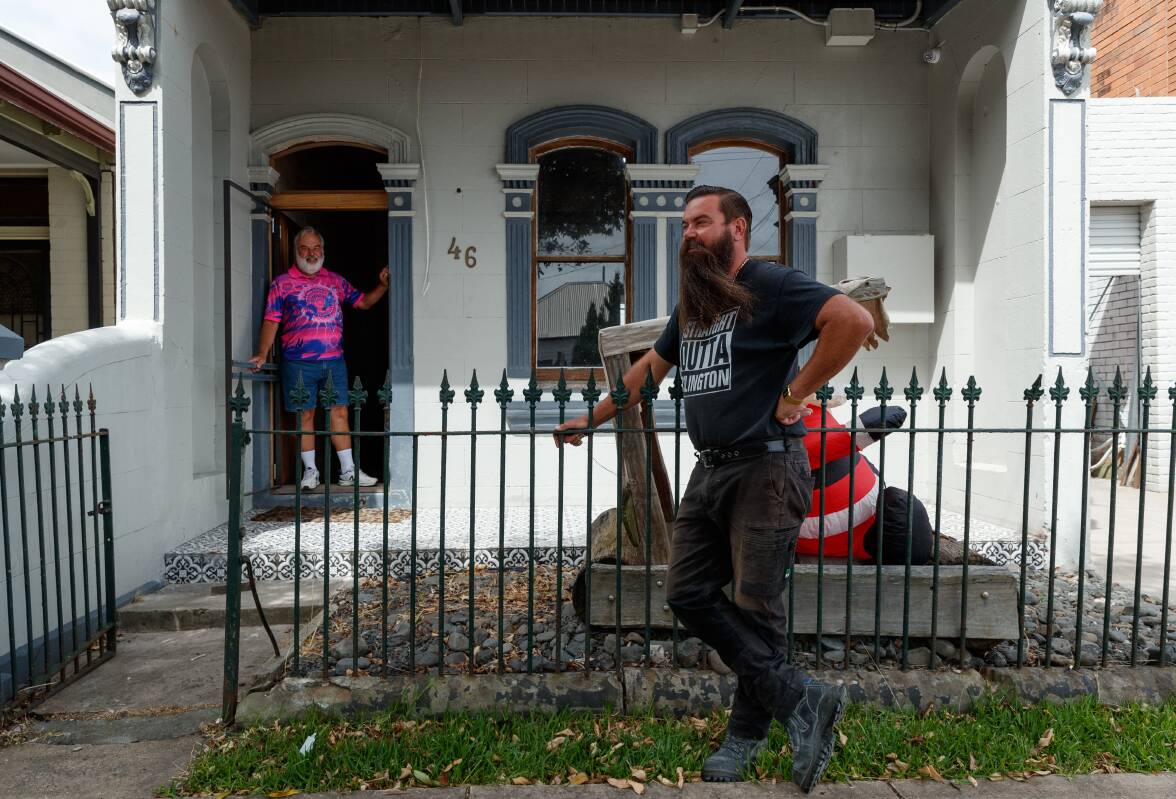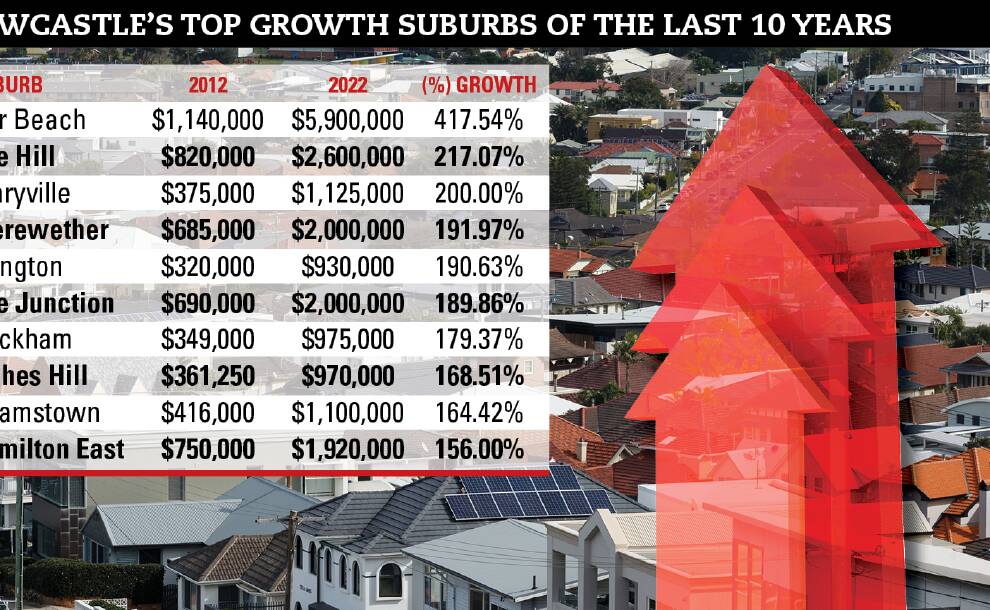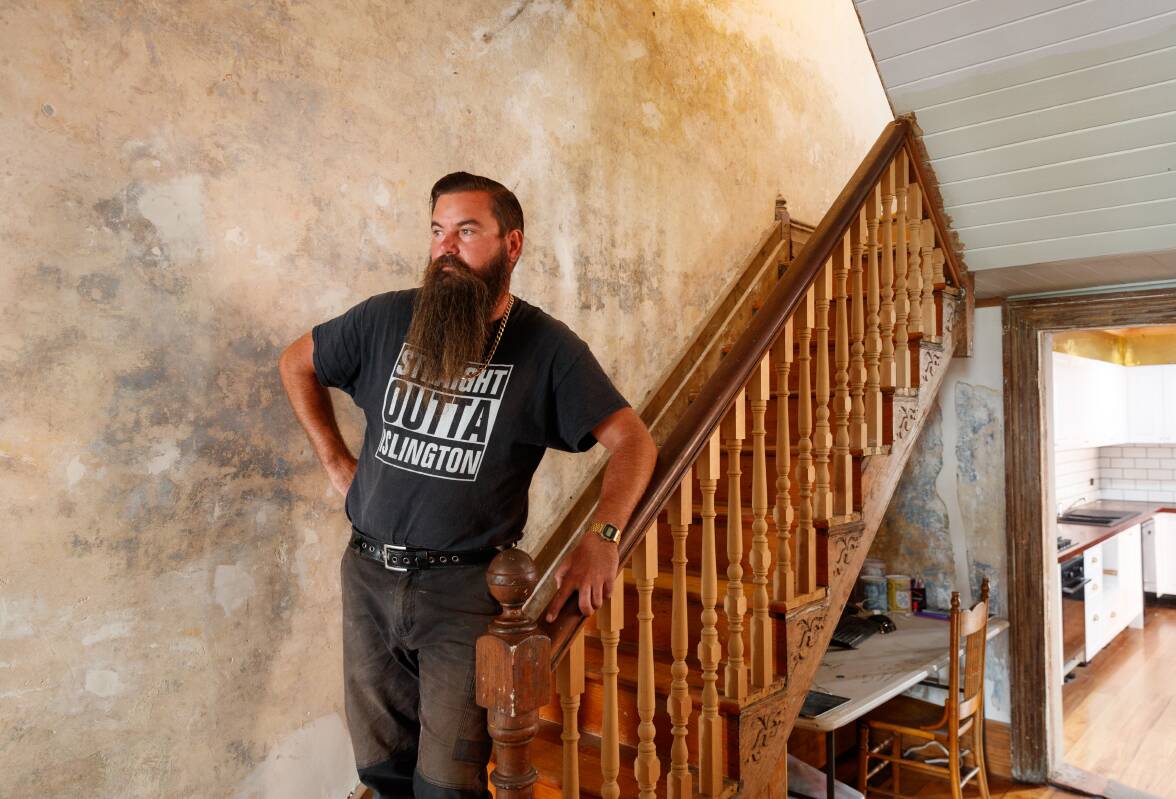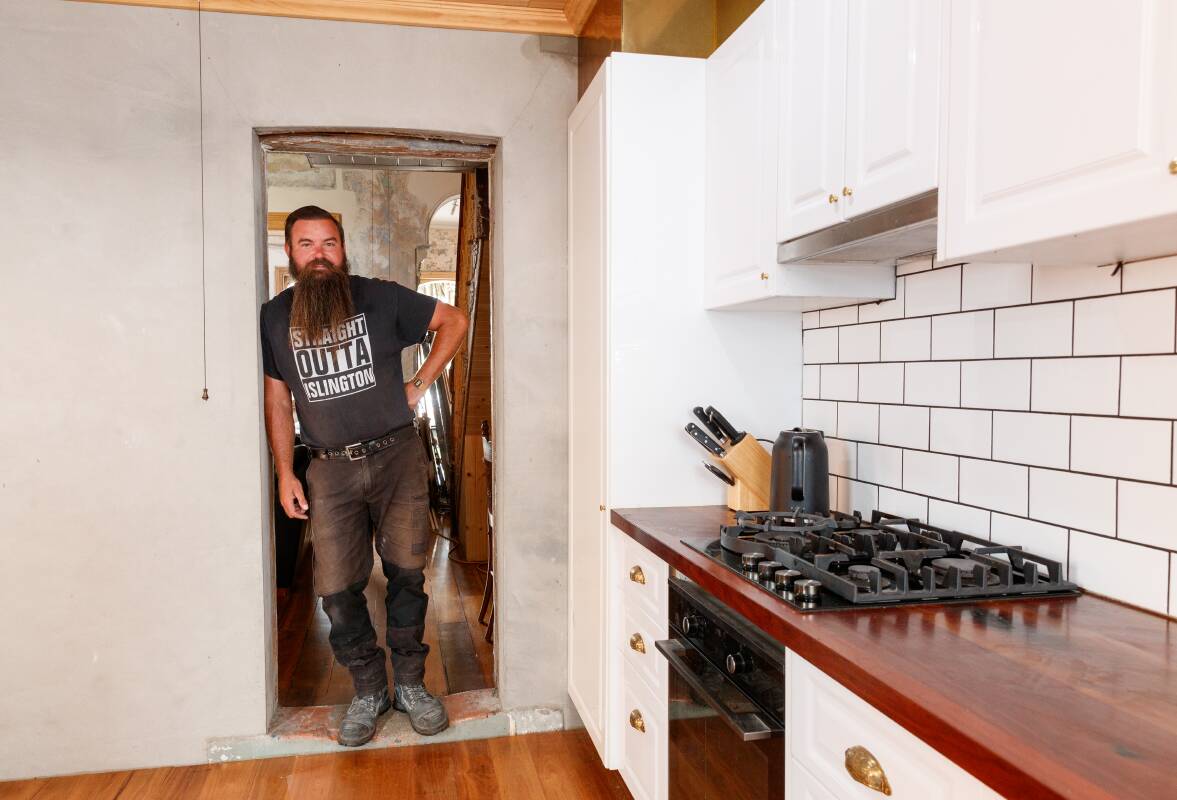THERE is no denying that Andrew Burns loves where he lives.

He moved from Canberra to Newcastle in 2008, settling in Islington where he has remained ever since.
Mr Burns refers to it as "paradise".
"I remember looking at a map and I saw Islington and I thought 'That's in a really good spot. I'm going to buy a house there'," Mr Burns said.
"I knew back then that it was going to be a great place to live. My boss at the time said 'What are you doing buying a house in Islington, mate? It's the pits'.
"I said, 'Mate, houses in there will be worth a million bucks in there before you know it', and he didn't believe me."
His prediction was not far off.

Islington is one of 10 suburbs in Newcastle where homes have experienced substantial growth over the past decade, according to new data from Ray White.
The fringe suburb placed fifth on the list with a recorded growth of 190.63 per cent since 2012 when the median house price was $320,000. In 2022, it is $930,000.
Mr Burns said the area was "pretty bad" in 2008 but he knew it had potential.
"It's convenient because it's close to the city, the beach, it's really connected," he said.
"People are slowly working out that, geographically, it's in a really good spot."
Since moving to Islington, Mr Burns has purchased two homes in the suburb, both on Fern Street, including a Victorian terrace that he purchased in 2014 for $460,000 which he is currently renovating.
He renovated the first house he bought in 2008 for $207,000 and sold it in 2020 for $630,000.

Islington, Maryville, Wickham and Tighes Hill are among four fringe suburbs that have emerged among Newcastle's strongest performing suburbs alongside blue ribbon areas such as Bar Beach, The Hill, Merewether and The Junction.
Maryville placed third with 200 per cent growth. The median house price has grown from $375,000 to $1,125,000.
Ray White agent Brett Bailey said the geographically connected pocket had experienced strong growth for a number of reasons.
"It's still close to the city, it's still reasonably priced and each offers a sense of community," Mr Bailey said.
"The thing with those particular suburbs is that even though they are in close geographic proximity, each one has its own character and its own clientele.
"Take Islington for example, we are seeing a suburb that was once the red light area of Newcastle.
"It has transformed into an area that's popular with young people and families looking to get a foothold in as close to the city as they can."

Mr Bailey said the transition began in the 1990s following the closure of the BHP.
"Over the past decade, we have seen the change in demographics in these areas moving from having large amounts of rental properties to people buying and gentrifying the suburbs," he said.
"It's due to the fact that these suburbs are all comparatively cheap if you want to be this close to the city."
Bar Beach topped the list with an increase of 417.54 per cent since 2012.
In the last 12 months, five homes have been sold in Bar Beach for more than $5 million.







